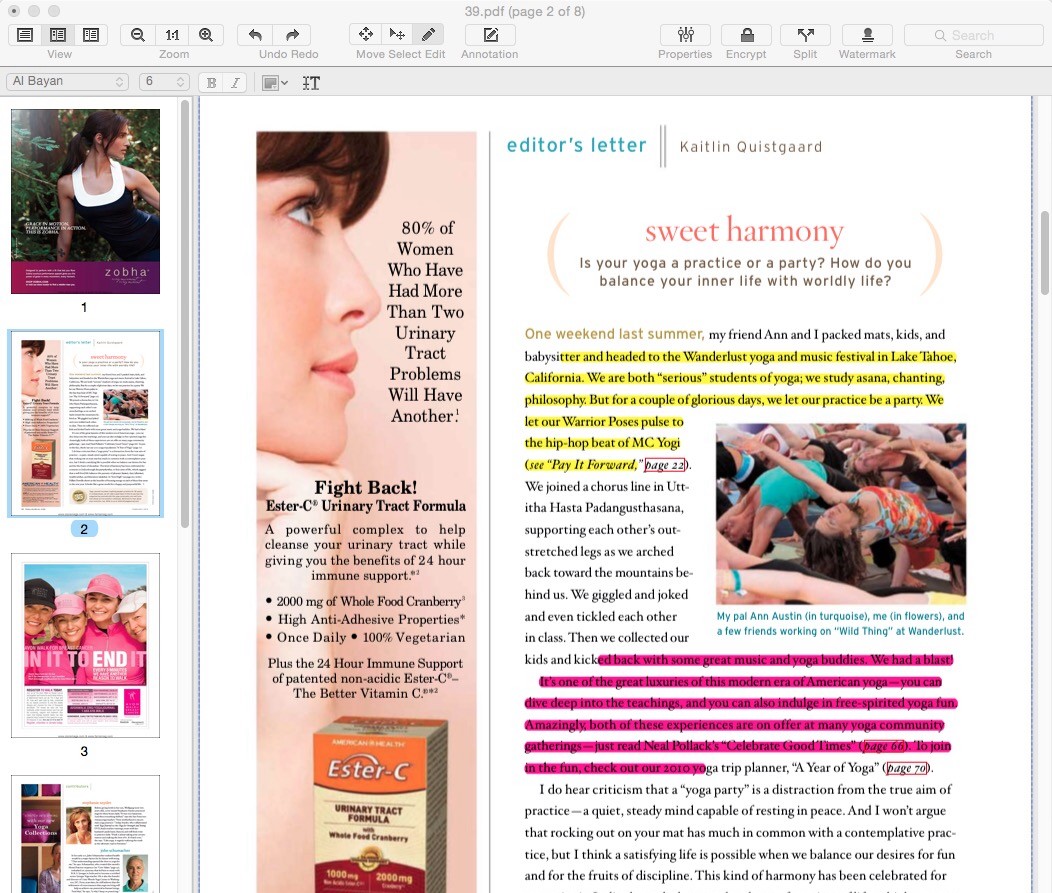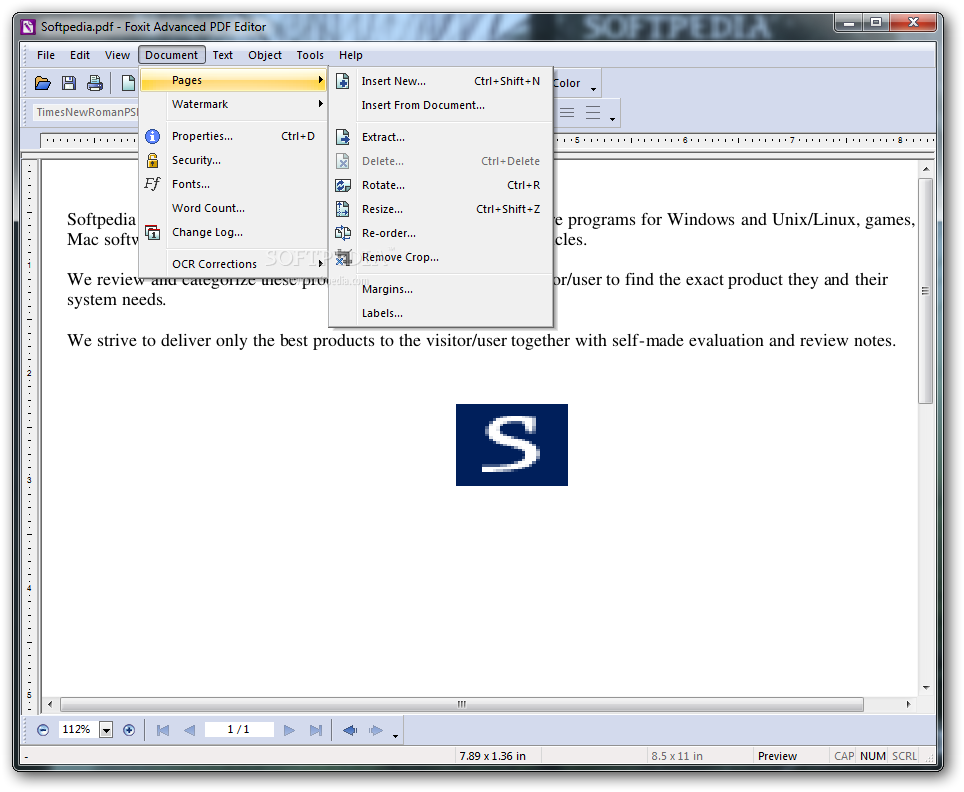
Pdfbox edit pdf for mac pdf#
Even the Adobe PDF references similarly say "The first line of a PDF file is a header identifying the version of the PDF specification to which the file conforms" and offer the same variants as the specification. The problem is the PDF spec says the %PDF-1.x only needs to be in the first 1024 bytes and not the first 4 - This is wrong, the specification (ISO 32000-1) clearly says " The first line of a PDF file shall be a header consisting of the 5 characters %PDF- followed by a version number of the form 1.N, where N is a digit between 0 and 7". I like this quote from a reference you gave:


So I don't like this idea.ĭo you have any files for which a change from "%PDF" to "\s*%PDF" doesn't identify the file as PDF? If so, could you post a couple? Thanks. However, if I allow up to 1024 random bytes before the PDF header (as apparently Adobe Reader does), this would substantially increase the possibility of mis-identifying some other file type as PDF. I don't object to making an accomodation for this.

The specific example you gave just has whitespace before the PDF header. If the PDF header isn't at the start of the file, then we have a problem seeking to the correct offsets for the objects in the PDF file. The problem is that (for the sample you provided at least) all offsets are relative to the PDF header, while ExifTool assumes they are relative to the start of file. The PDF file won't be read/written properly with the changes you made. These changes seem to solve my problem, but of course I have done no regression testing and don't know if there is any side effect.Ĭould these changes be considered for a future release? I made some quick changes to the regexes used to detect PDFs: My interpretation of the discussion is that although the spec states that the first bytes should be "%PDF", some (most?) reader implementations will accept files which contain the "%PDF" somewhere in the first 1024 bytes. There are various discussions on this topic elsewhere: Automator allows you to do this easily.I've run into a problem parsing some PDF files, it seems that some 'valid' PDF files contain additional random bytes before the magic %PDF header.Īn example of such a PDF can be found here: Helpful as those appended bits of text and highlights are, having them in a separate text document may at times be useful-for example, when you wish to use them as footnotes in a scholarly paper or business report. Extract AnnotationsĪs you’re likely aware, you can annotate PDF files in Preview by choosing Tools > Annotate and then selecting the kind of annotation tool you’d like to use. Quickly pull text from a PDF file with this workflow. Those blocks won’t be interpreted as individual elements but rather wrapped up as part of the text that precedes or follows it. Be aware that the resulting copied text may be jumbled if the document contains text blocks and columns.

Save the workflow to your desktop and drag a PDF to it to extract the document’s text to a TextEdit file. Configure the action in the way you prefer-choose to output your text as plain or rich text, add a page header or footer, and choose a name for the output file.Īnd that’s it. Create an application workflow, select PDFs in the Library pane, and drag the Extract PDF Text action to the workflow area.


 0 kommentar(er)
0 kommentar(er)
